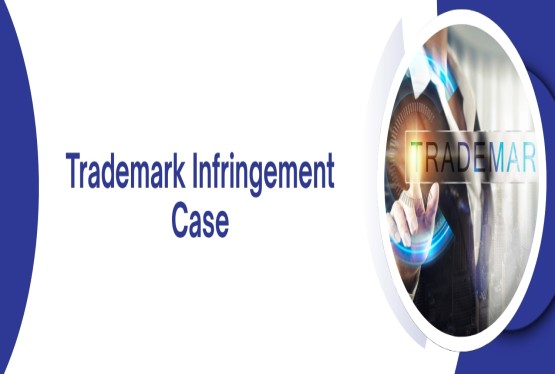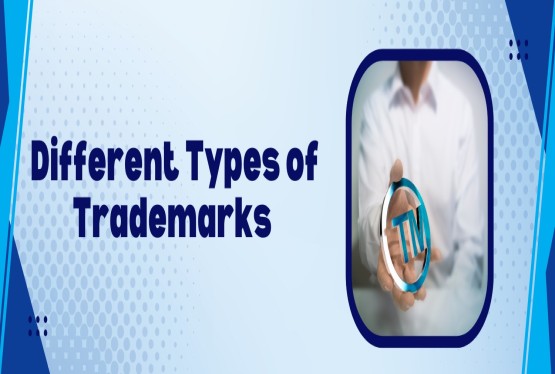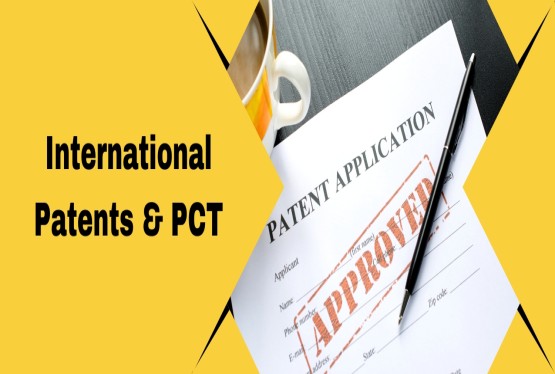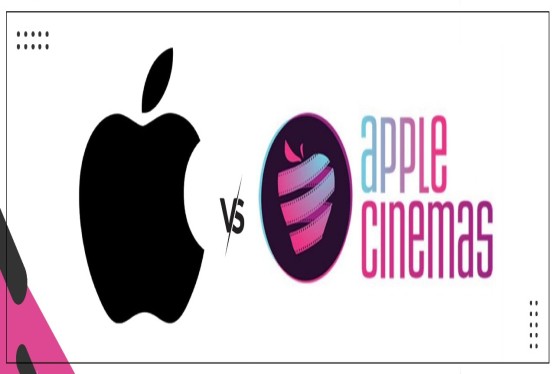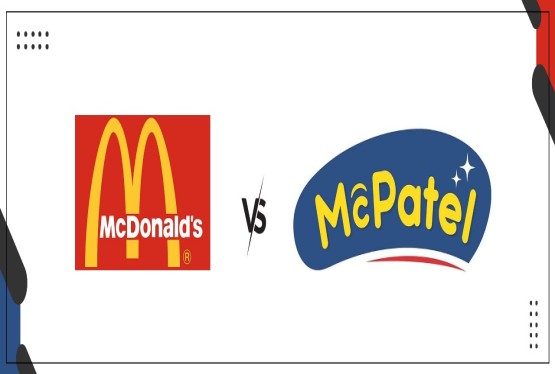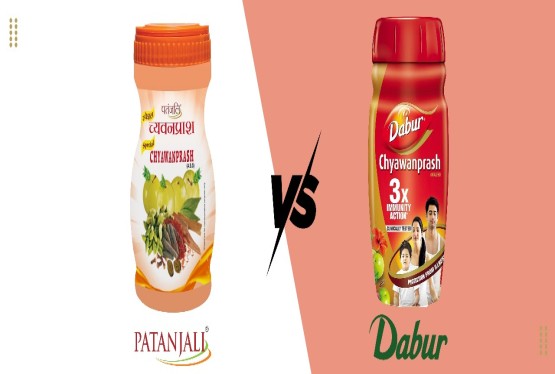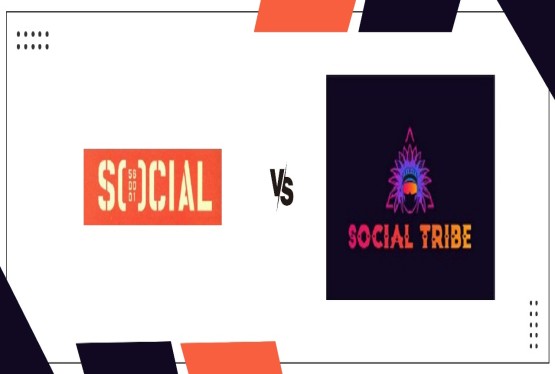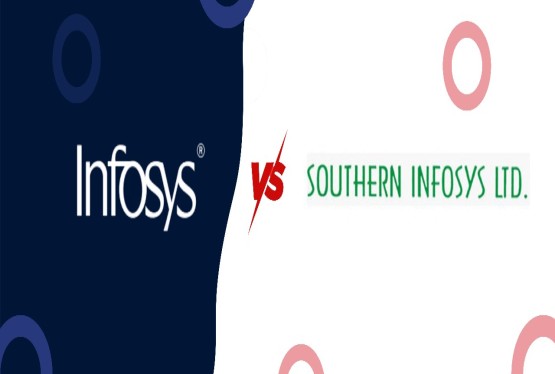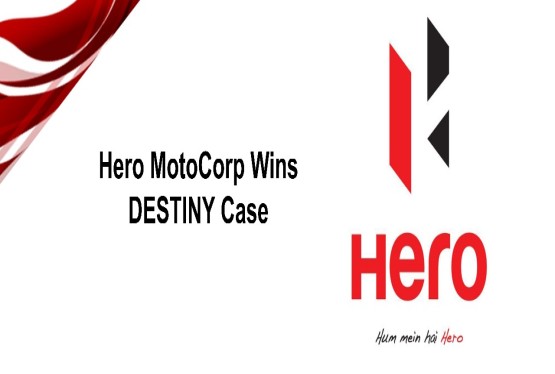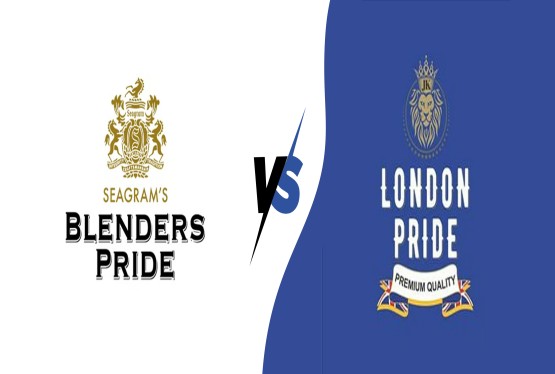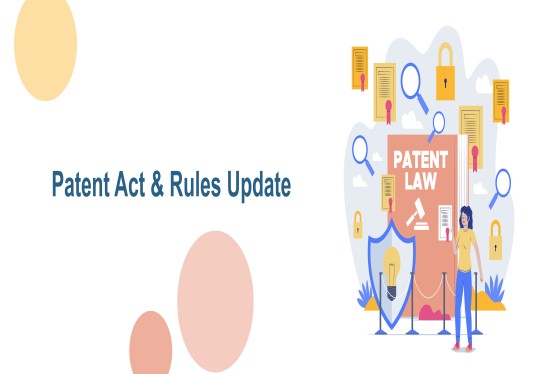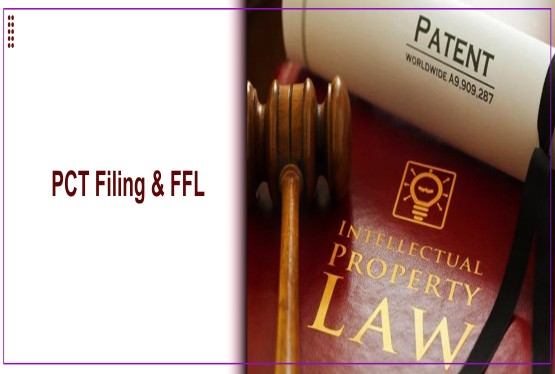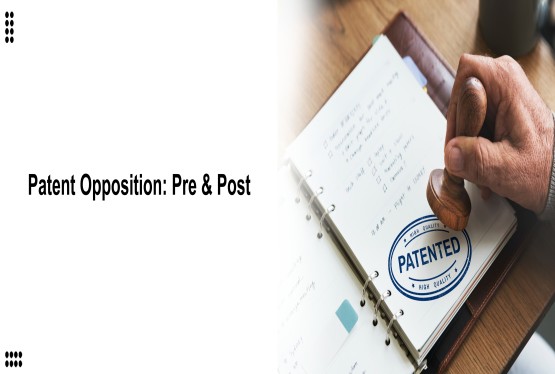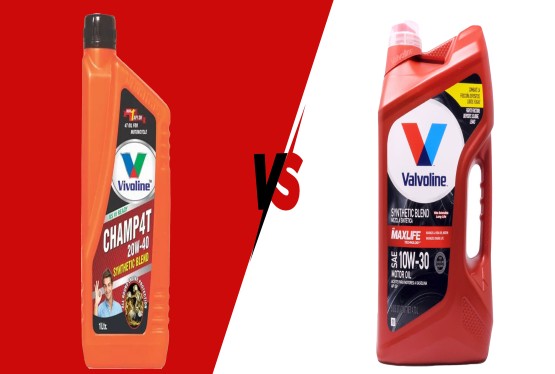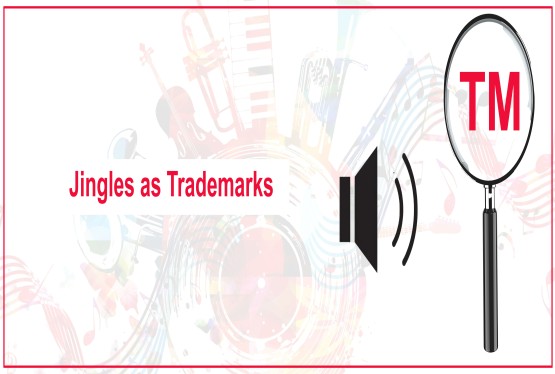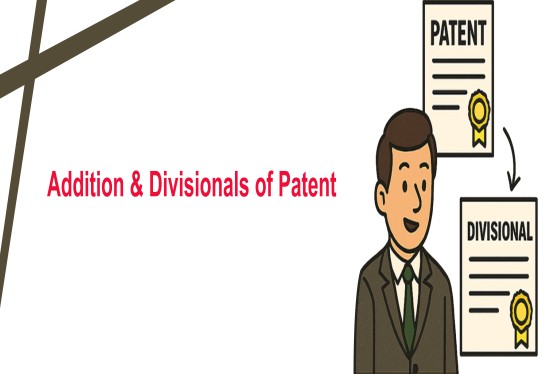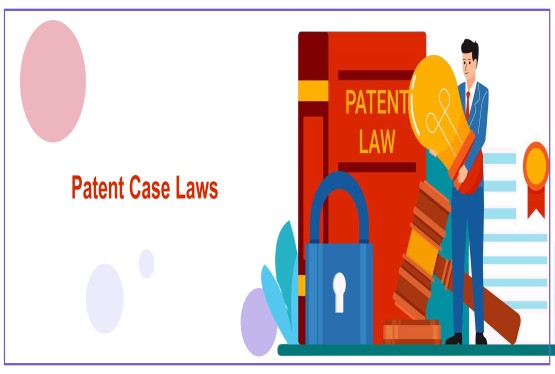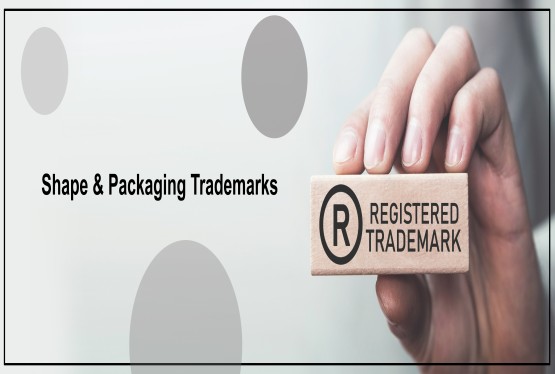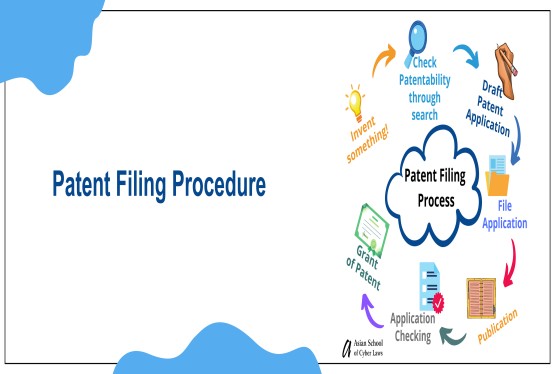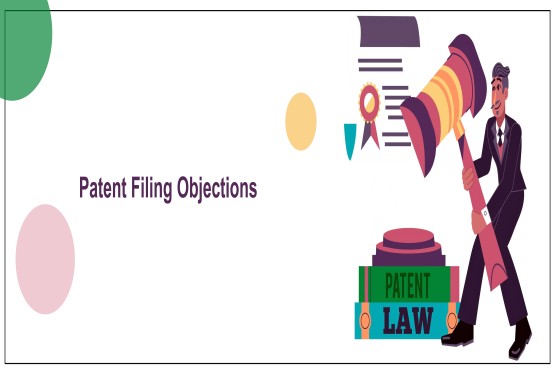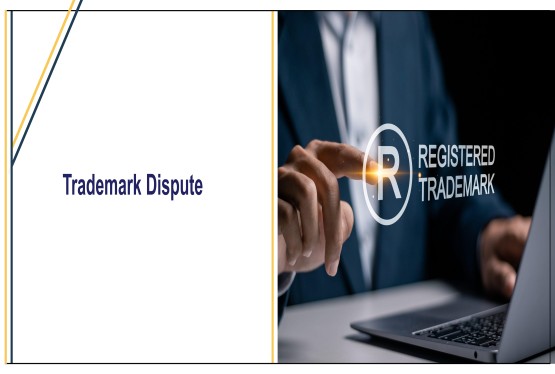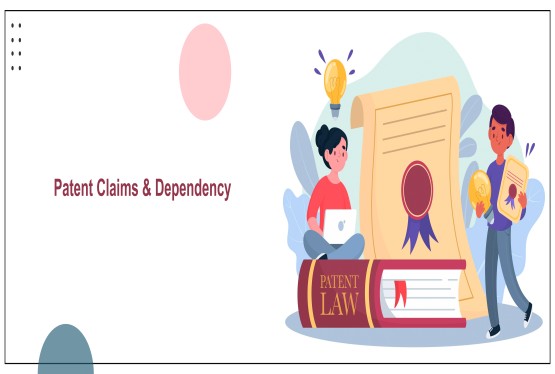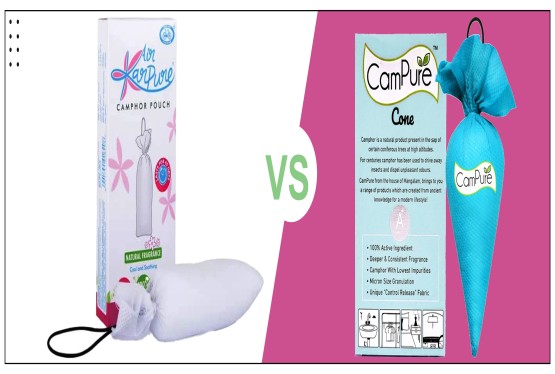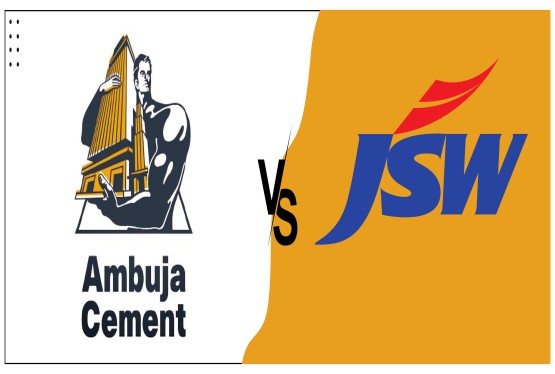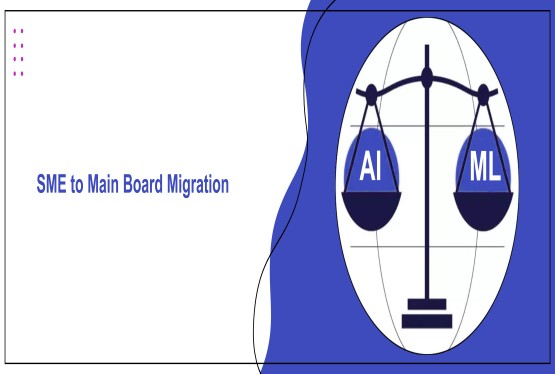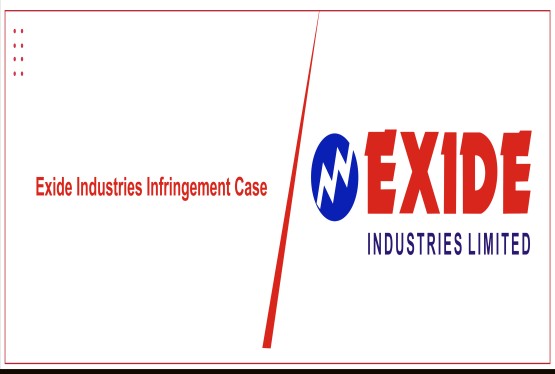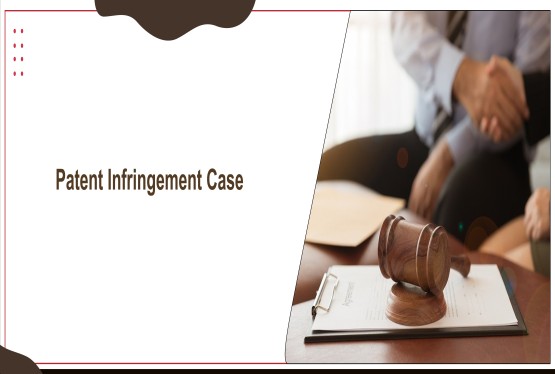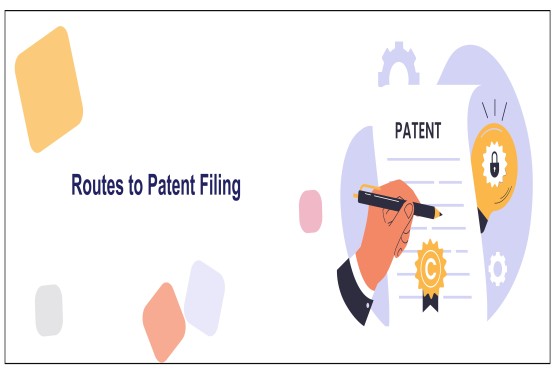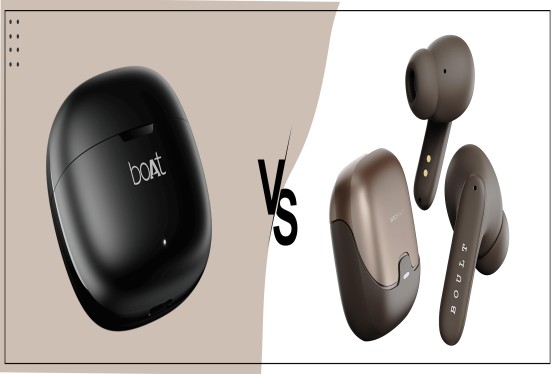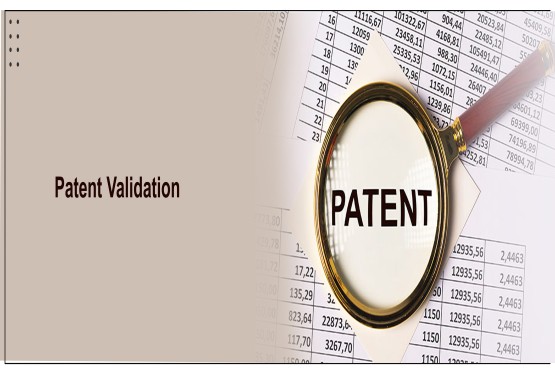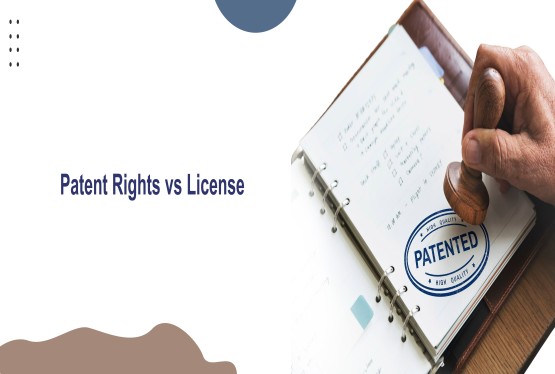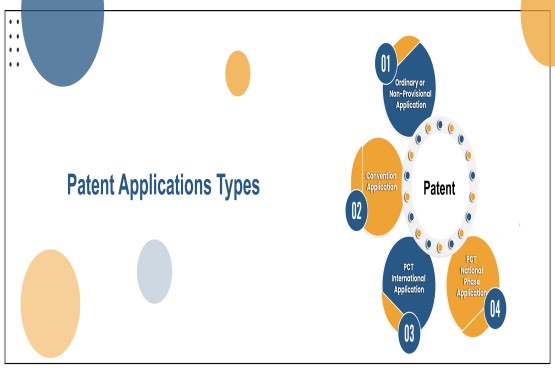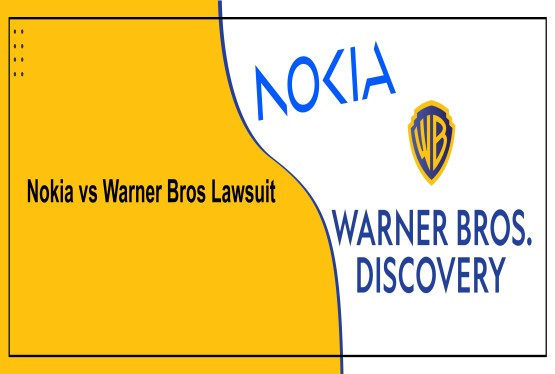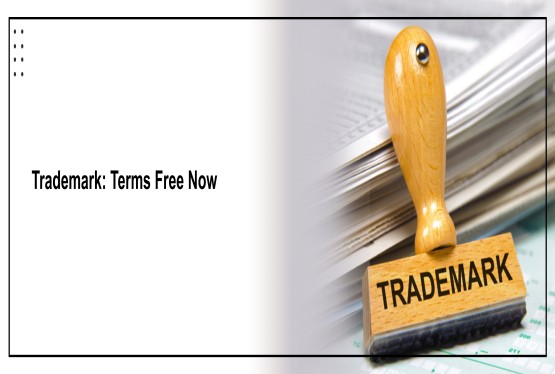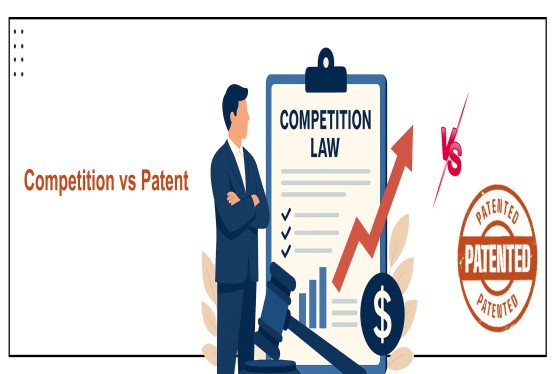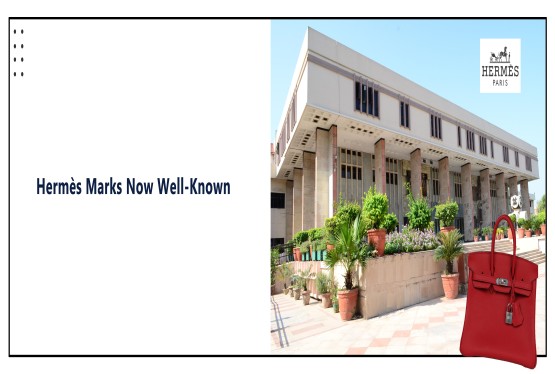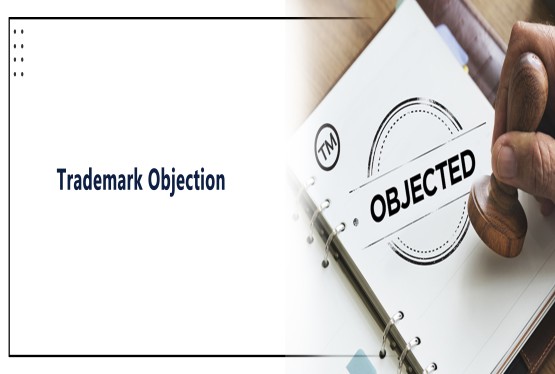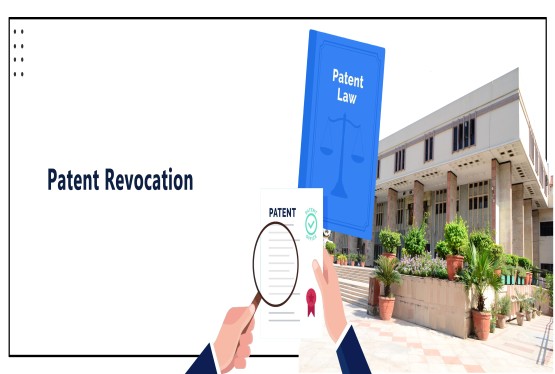In an important ruling, Relaxo Footwears Ltd has emerged victorious in its legal battle against Aqualite Industries for trademark infringement. The court, in a decisive verdict, upheld Relaxo's claims, finding that Aqualite had unlawfully copied key elements of Relaxo's branding, causing consumer confusion and damaging the company's market identity.
Background of the Case
Relaxo, a well-known name in the footwear industry, has built a strong reputation with popular brands such as Sparx, Bahamas, and Flite. The company approached the court, accusing Aqualite, a competitor, of infringing on its trademark by imitating the design and branding of its products. Relaxo argued that Aqualite's similar packaging, logo, and overall visual identity were misleading customers and violating intellectual property rights.
Court’s Findings
After thoroughly examining the evidence, the court concluded that Aqualite’s actions were indeed in violation of trademark laws. The court found that Aqualite's use of similar logos, colors, and designs created confusion in the marketplace, which could mislead consumers into believing they were purchasing Relaxo products. This, the court determined, was a clear infringement on Relaxo's trademark rights.
In its ruling, the court emphasized the importance of protecting intellectual property in competitive industries such as footwear. The court further noted that Aqualite’s attempt to mimic Relaxo’s well-established brand identity demonstrated unfair competition and a disregard for the rules governing trademark use.
Impact of the Ruling
This ruling represents a significant win for Relaxo, as it reinforces the company’s position as a leading brand in the Indian footwear industry. The judgment not only safeguards Relaxo’s brand identity but also sets a precedent for future cases involving trademark infringement in the sector.
The decision also sends a strong message to other companies about the importance of respecting intellectual property and the serious consequences of engaging in practices that violate trademark laws. Aqualite is now expected to make the necessary changes to its branding to avoid further legal consequences.
Sections governing the Infringement
Section 29 of the Trademark Act deals with the infringement of a registered trademark. It lays down the situations where the use of a mark by a third party would be considered an infringement. The essential conditions under this section are:
1. Unauthorized Use of the Mark: A registered trademark is infringed when a person, who is not the owner of the trademark, uses it without permission.
2. Identical or Similar Mark: If the infringing mark is identical to or deceptively similar to the registered trademark, it will be considered an infringement. Even if the mark is not identical but closely resembles the registered trademark to the point of causing confusion among the public, it is regarded as an infringement.
3. Same or Similar Goods/Services: Infringement occurs if the infringing mark is used on goods or services that are the same or similar to those for which the trademark has been registered.
4. Likelihood of Confusion: If the use of the mark is likely to cause confusion or association with the registered trademark in the minds of the public, it constitutes infringement. This includes creating an impression of a false association between the two goods or services.
5. Dilution of Trademark: Even if the infringing mark is used for unrelated goods or services, it can still be considered infringement if the registered trademark has a strong reputation, and its unauthorized use causes dilution or damages its distinctive character.
Section 134 of the Trademark Act deals with the jurisdiction of courts in cases of trademark infringement and passing off. This section is important because it clarifies where a trademark holder can file a lawsuit for infringement.
-
Exclusive Jurisdiction: A suit for infringement or passing off can be filed only in a District Court or a High Court that has jurisdiction.
-
Place of Filing: The trademark owner has the right to file the suit in the court of the district where:
-
The plaintiff (the owner of the trademark) resides, carries on business, or personally works for gain; or
-
The defendant resides or carries on business, or where the infringing activities took place.
This provision allows the trademark owner to file a lawsuit in a location that is convenient to them rather than the defendant.
- Corporate Plaintiffs: In the case of corporate entities, the lawsuit can be filed where the company’s registered office or principal place of business is located.
No Requirement of Defendant's Presence: Even if the defendant does not reside or carry on business in the place where the trademark owner resides, the suit can still be filed in the trademark owner’s location.
Conclusion
The court’s ruling in favor of Relaxo Footwears is a crucial step in ensuring fair competition in the footwear market and protecting the rights of established brands. As the industry continues to grow, this decision will likely encourage companies to be more diligent in respecting trademarks and avoiding practices that could harm their competitors' reputations.
For Relaxo, this victory not only reinforces its standing in the market but also strengthens the company's commitment to safeguarding its brand for the future.






























_(b)_of_the_Trademark_Act,_1999_(1)_crop10_thumb.jpg)



_crop10_thumb.jpg)




























_crop10_thumb.jpg)
_crop10_thumb.jpg)






_crop10_thumb.jpg)








_crop10_thumb.jpg)



_crop10_thumb.jpg)





























_crop10_thumb.jpg)

















_crop10_thumb.jpg)






_crop10_thumb.jpg)











































































































































_crop10_thumb.jpg)




































_crop10_thumb.jpg)












_crop10_thumb.jpg)













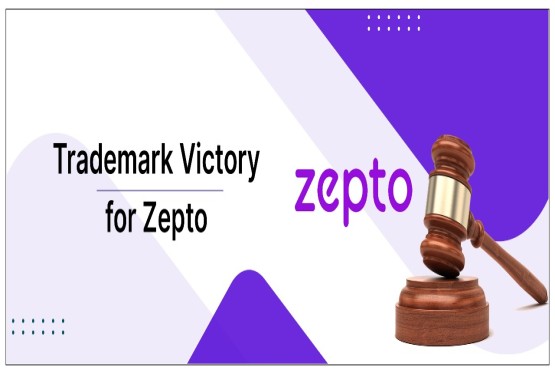




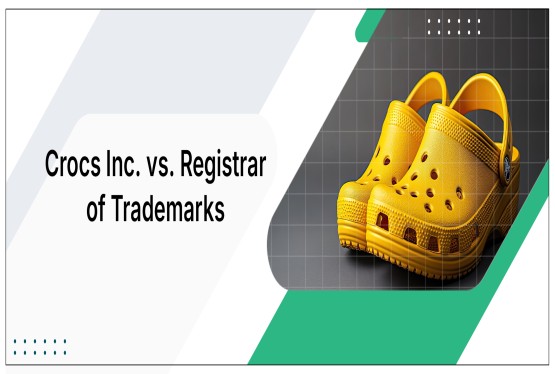




























_crop10_thumb.jpg)






